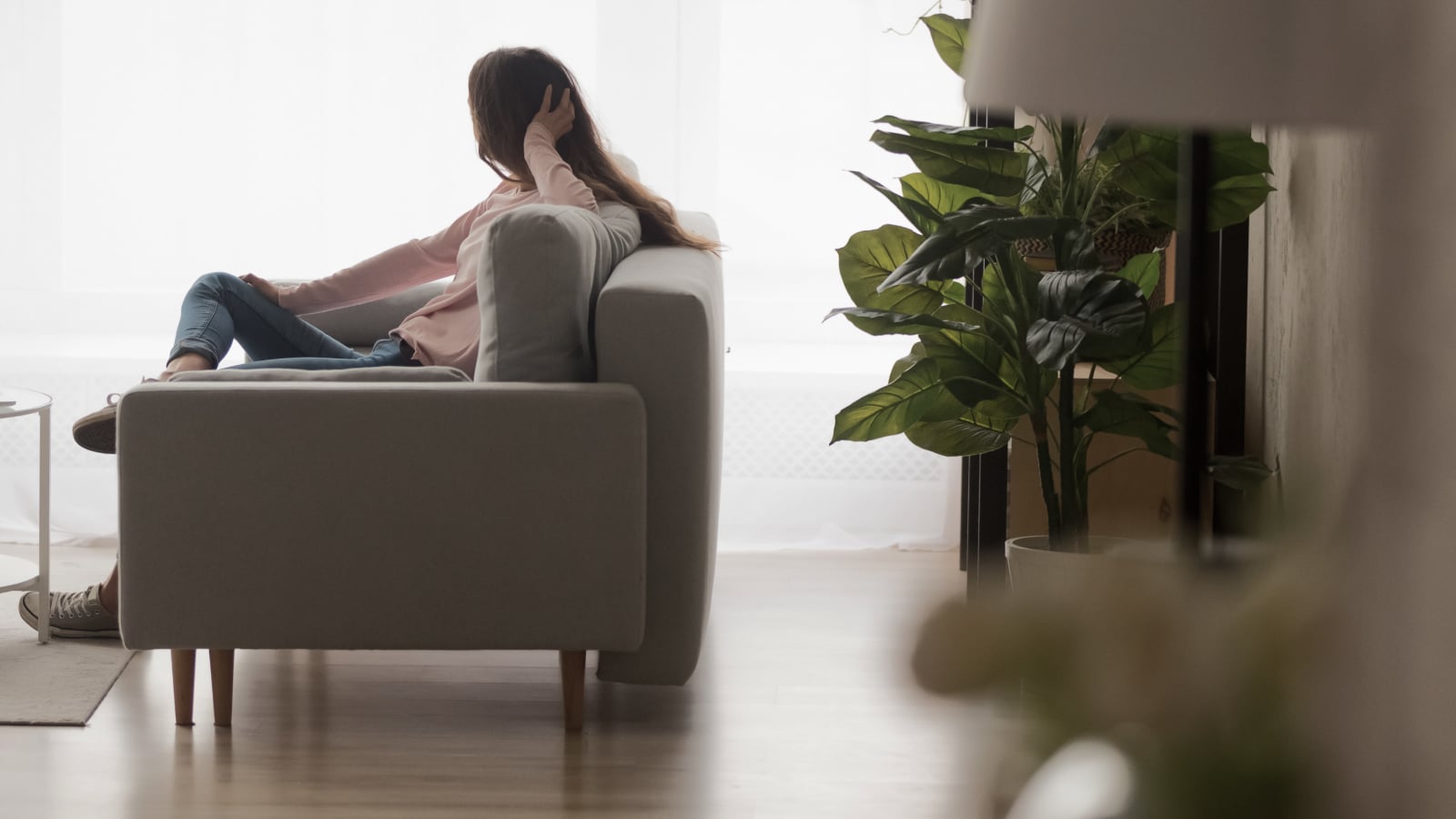Many homeowners use security cameras as a frontline defense against potential intrusion. Fake security cameras are often perceived as a budget-friendly option. While they may look like an economical choice, it's essential to understand that they are not a genuine solution. Instead, they give an illusion of protection, creating a dangerous false sense of security that can leave property vulnerable to intrusion. Investing in fake cameras can be a mistake, as they provide no real deterrent against crime or evidence during a break-in.
What are fake security cameras?
Fake cameras, also known as dummy or simulated cameras, are devices designed to imitate the appearance of real surveillance cameras. Their purpose is to deter potential criminals by creating the illusion that property is under surveillance. Many dummy cameras are crafted to look nearly identical to actual security cameras, complete with lenses and mounting brackets, which leads some to believe they are an effective security measure.
However, despite their convincing appearance, dummy cameras lack any operational functionality. They do not record video, cannot transmit live feeds, and cannot alert property owners to suspicious activity. Ultimately, they only create an illusion of security.

Why relying on fake cameras is risky
While dummy cameras may seem like a practical choice, relying on them poses numerous risks:
- No recorded evidence. In the unfortunate event of a break-in, a fake camera fails to provide recorded footage that could help law enforcement. The absence of evidence can hinder investigations and leave victims without recourse.
- Ineffectiveness against experienced burglars. Savvy criminals often recognize fake cameras. Their ability to spot a dummy camera diminishes any deterrent effect and increases the likelihood of a successful break-in.
- False sense of security. The most significant risk is that fake cameras create a false sense of safety. Property owners may believe they are protected and neglect other crucial security measures. This misplaced confidence can have dire consequences.
Ultimately, relying on dummy cameras can create a dangerous illusion of security, and property may remain vulnerable and insufficiently protected.
Property owners can make informed decisions about their security measures by understanding the illusion created by fake security cameras and recognizing their significant drawbacks. Prioritize investing in real surveillance systems that will protect your property and give you peace of mind.
Comparative analysis: Fake cameras vs. real cameras
To make informed security decisions, it's essential to understand the key differences between dummy and real surveillance cameras. Here's a comparison chart outlining significant aspects:
Feature | Fake cameras | Real cameras |
|---|---|---|
Cost | Significantly cheaper | Higher initial investment |
Functionality | No operational capabilities | Capable of recording live footage and detecting motion |
Evidence recording | None | Provides recorded evidence for law enforcement |
Real-time alerts | None | Sends alerts to owners in real time |
Connectivity | Often lacks connectivity | Wired, wireless, and hybrid options available |
How to spot fake security cameras
Identifying a fake camera can save property owners and tenants from relying on ineffective security measures. If you've recently purchased real estate or are renting a property, it's crucial to ensure that installed cameras are functional and provide genuine protection. Here are key features to look for to determine whether a camera is real or fake:
- Design quality: genuine cameras are built with quality materials, which makes them durable. In contrast, dummy cameras often look flimsy and are constructed from cheaper materials. It could be a fake if the camera looks poorly made or overly simplistic.
- Indicator lights: active cameras have indicators that show they are operational. If you notice that the lights are fake, non-functional, or flashing erratically, this is a clear sign of a dummy camera.
- Mechanical sounds: many real cameras contain moving parts or motors that produce sound, such as the whirring of a lens being adjusted. If you encounter a camera that is entirely silent and lacks such features, it may be a fake.
By being vigilant and recognizing these signs, you can determine if the surveillance measures on your property are genuine. Whether you are a homeowner who has just invested in real estate or a tenant who is concerned about security, ensure that all installed cameras serve their intended purpose — keeping your property safe. If you find that you have dummy cameras, take steps to upgrade to authentic security solutions that provide absolute protection and peace of mind.

Why you should choose real security cameras
Objectively, it’s not even a question. The safety of assets and lives comes first, so investing in real security cameras clearly outweighs the initial costs:
- Increased security: real cameras actively prevent crime by monitoring and recording activities. Their presence can discourage potential intruders, while the ability to capture video footage provides invaluable evidence for law enforcement in the event of an incident.
- Peace of mind: knowing that you have a functional and reliable security system offers peace of mind for homeowners and businesses. Individuals don't have to worry about potential security breaches, which enhances safety and comfort.
- Potential insurance benefits: many insurance companies recognize the value of real security systems and offer discounts for property with legitimate surveillance. This can significantly offset installation and maintenance costs, making it a financially savvy investment and enhancing security.
- Automation and integration: modern security cameras often have advanced automation features that integrate with smart home technologies. This allows users to access camera feeds remotely, receive real-time alerts on suspicious activity, and even automate security responses, such as triggering alarms or notifying emergency services.
- High-quality imaging and night vision: real cameras are designed with advanced technology, often offering high-definition imaging and night vision capabilities. This means they can capture clear footage even in low-light conditions, ensuring comprehensive surveillance at all times.
- Scalability and customization: genuine security cameras can be customized to fit the property's needs. Whether you add more cameras, adjust the angles of existing cameras, or integrate additional security measures such as motion sensors, these systems provide flexibility to adapt to changing security requirements.
- Professional monitoring services: many real security systems offer professional monitoring services, where trained personnel monitor camera feeds and respond to emergencies. This level of oversight ensures that help is dispatched immediately if any suspicious activity is detected.
Real security cameras for effective property protection
Investing in reliable surveillance solutions is crucial for adequate property protection. While fake cameras may seem appealing due to their low price, they do not serve as a viable security measure. They create an illusion of safety that can lead to increased vulnerability. By choosing real surveillance cameras, property owners can ensure a higher level of protection, peace of mind, and more robust evidence for law enforcement in case of incidents.
It's essential to assess your security needs and seek professional advice on the most effective solutions for your property. Prioritizing reliable surveillance options safeguards your investments and helps create a secure environment for everyone.
Understanding dummy security cameras
1. What are dummy security cameras?
Dummy security cameras are fake surveillance devices designed to look like real cameras. They do not record video footage or images and are generally used as a visual deterrent to potential intruders.
2. Are dummy cameras effective in preventing crime?
While fake cameras may be a visual deterrent for some, their effectiveness is limited. Experienced burglars can often identify fake cameras, which diminishes their deterrent effect.
3. How can I tell if a camera is a fake?
The main signs of a fake camera are poor design quality, unconnected wiring, suspicious indicator lights, lack of mechanical sounds and markings.
4. What are the main disadvantages of dummy cameras?
The primary disadvantage is that they cannot offer absolute protection for property. Although they may appear convincing at first glance, they fail to provide safety and can create a false sense of security.
5. What is the difference between fake and real cameras?
Real security cameras provide essential functions, such as video recording, motion detection, and alerts. In contrast, fake cameras offer no operational capabilities and only pretend to provide security.
6. Can I use fake cameras in conjunction with real cameras?
Some homeowners use dummy cameras alongside real systems for added visual deterrence. However, it's critical to prioritize real cameras for adequate security, as fake cameras do not provide legitimate protection.
7. Are fake cameras cheaper than real cameras?
Yes, dummy cameras are significantly less expensive than authentic surveillance systems. However, investing in a real camera provides genuine protection and peace of mind.
Roman Konchakivskiy
Head of Ajax Academy




